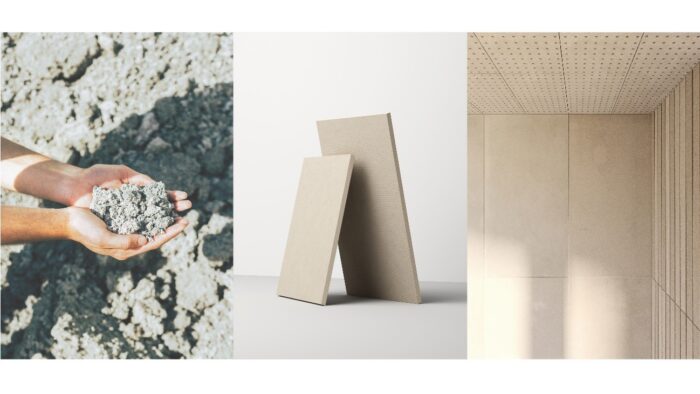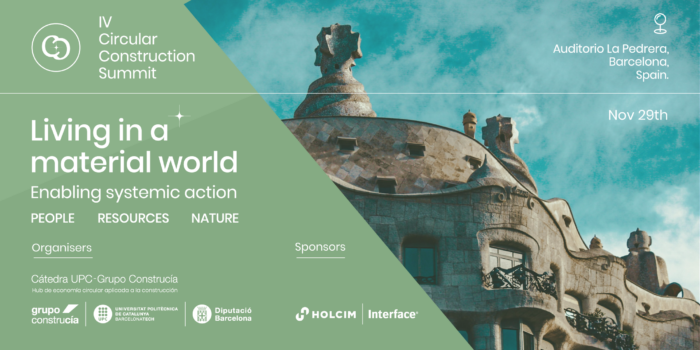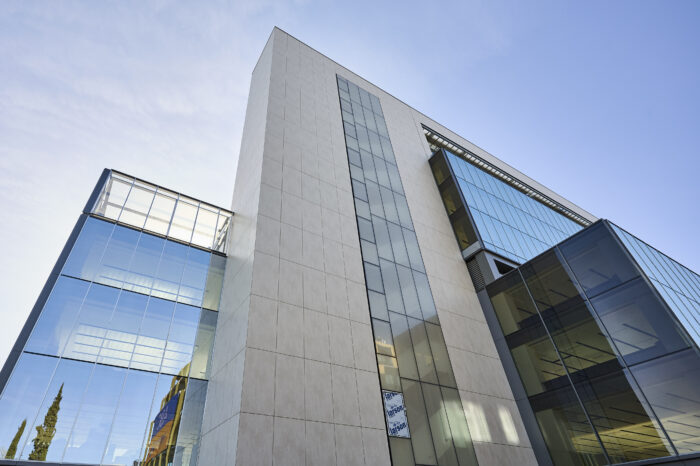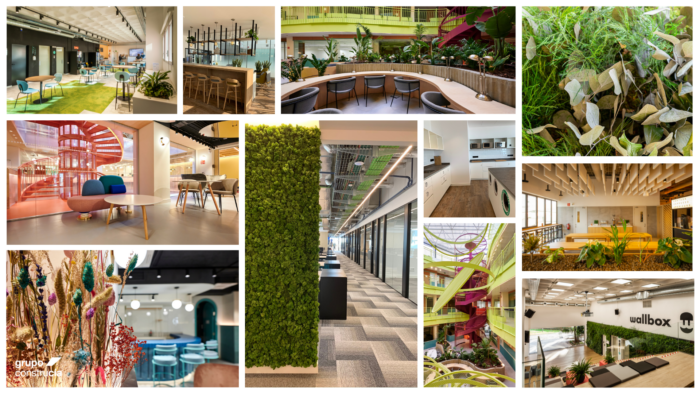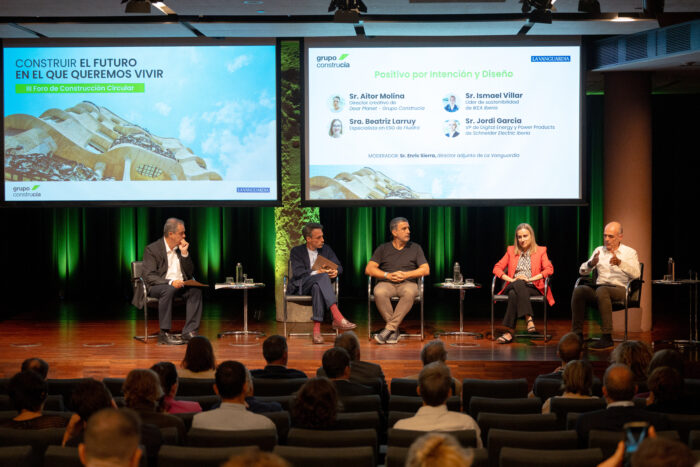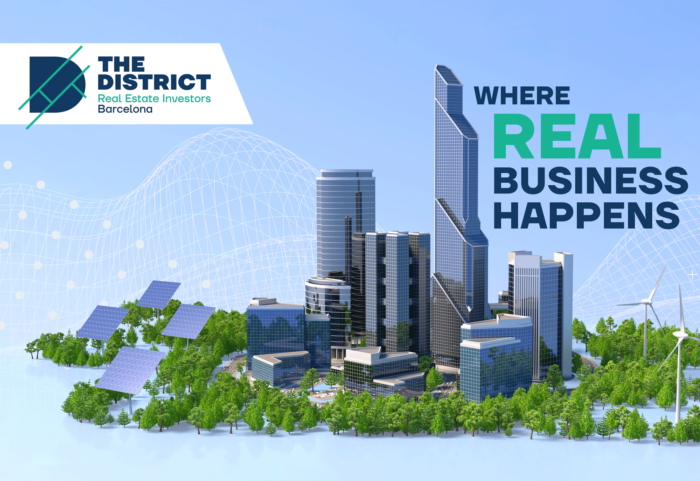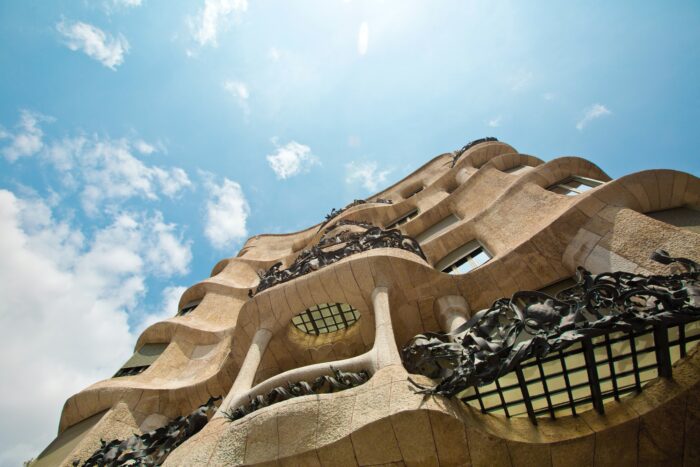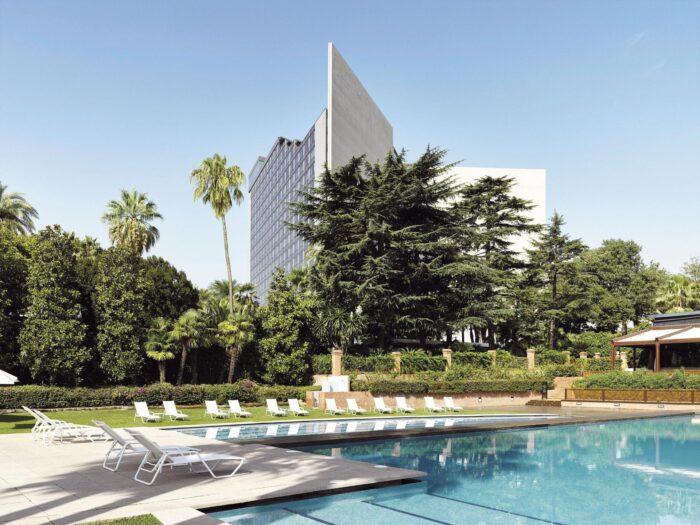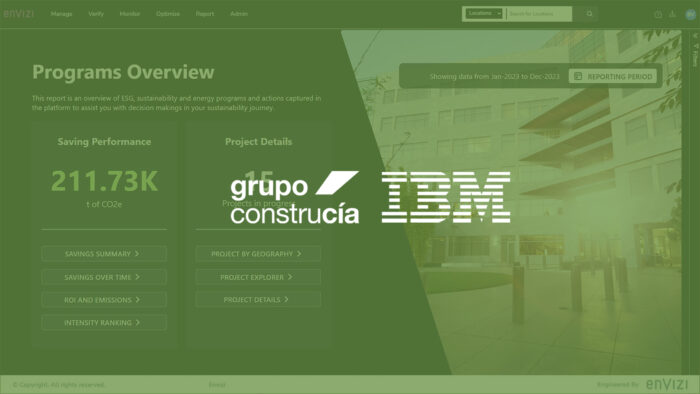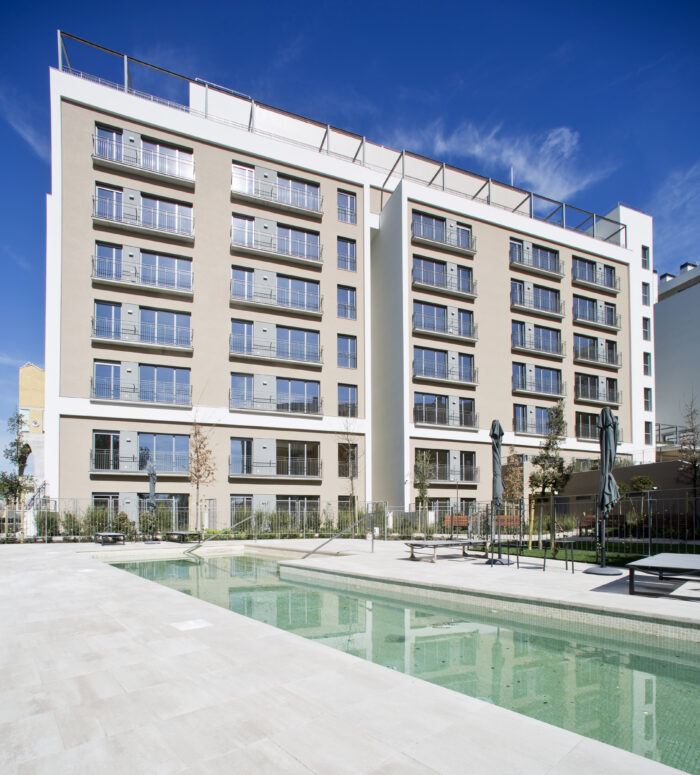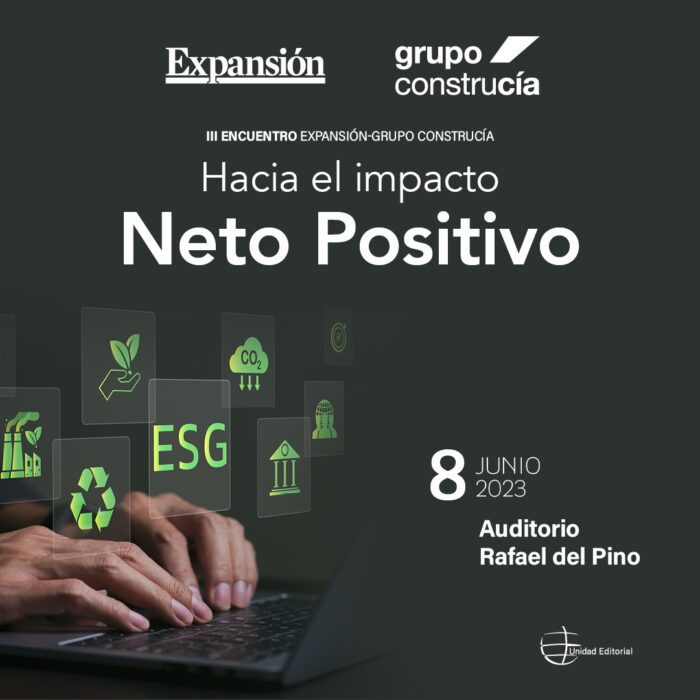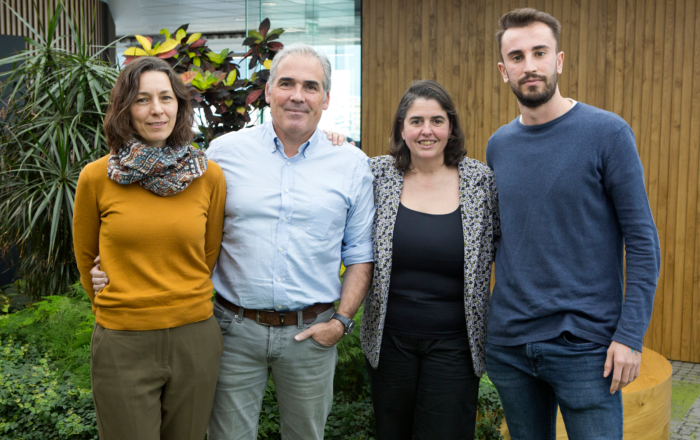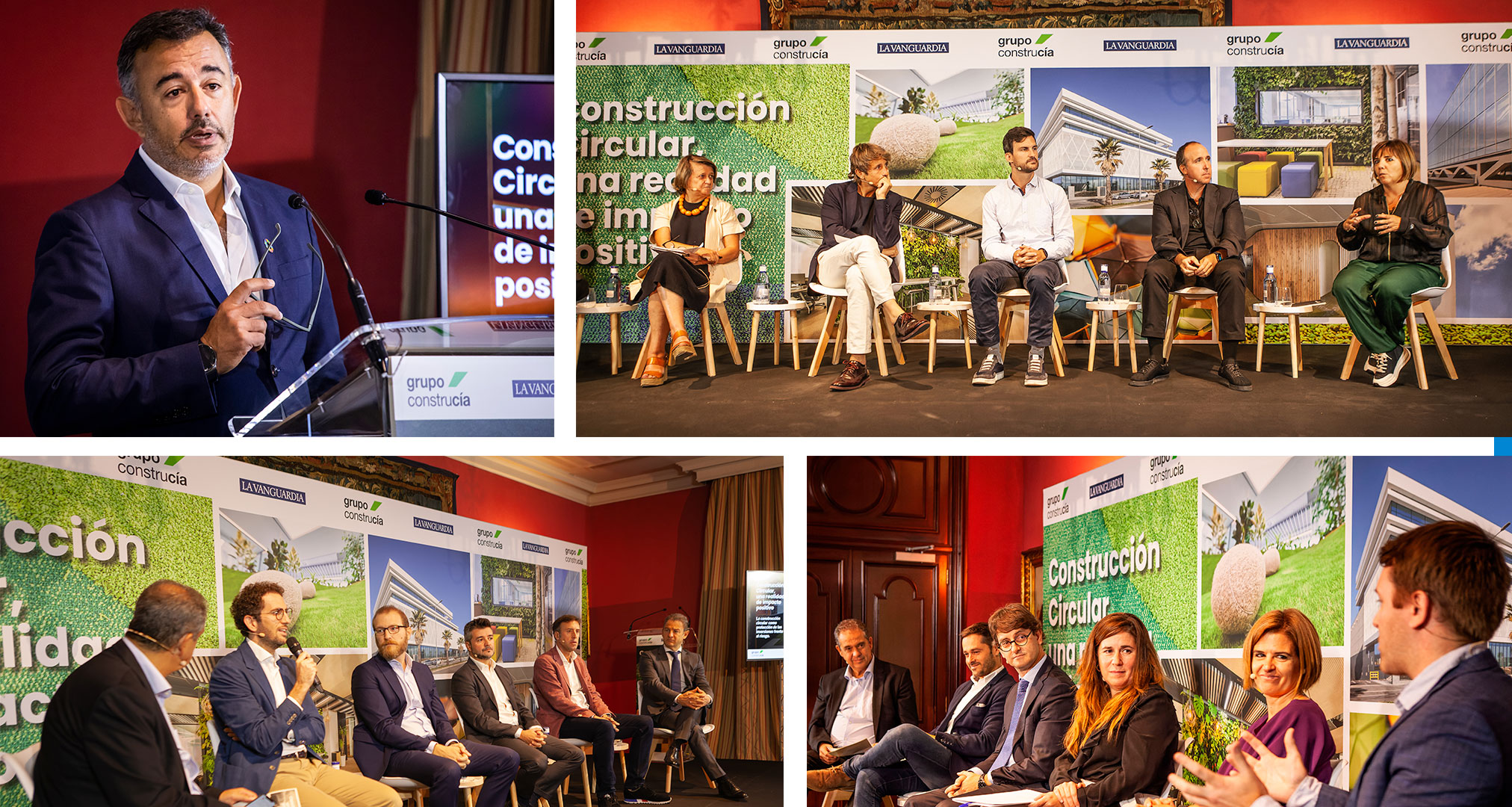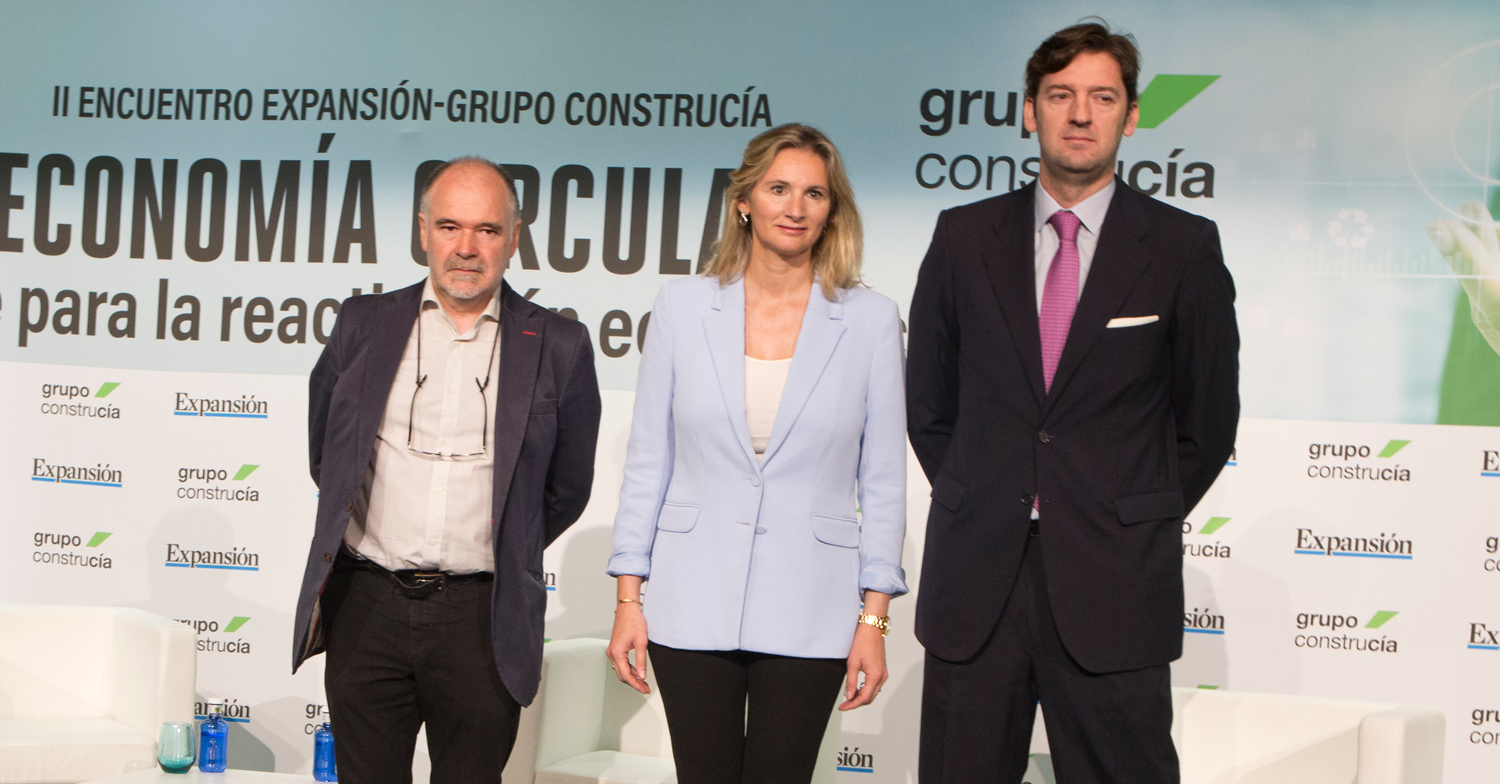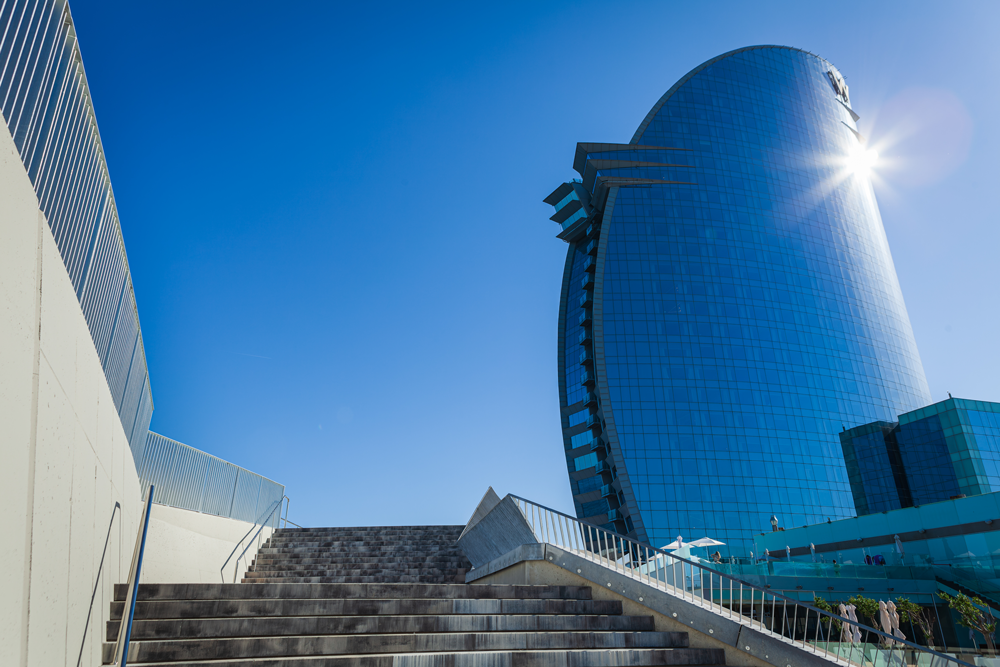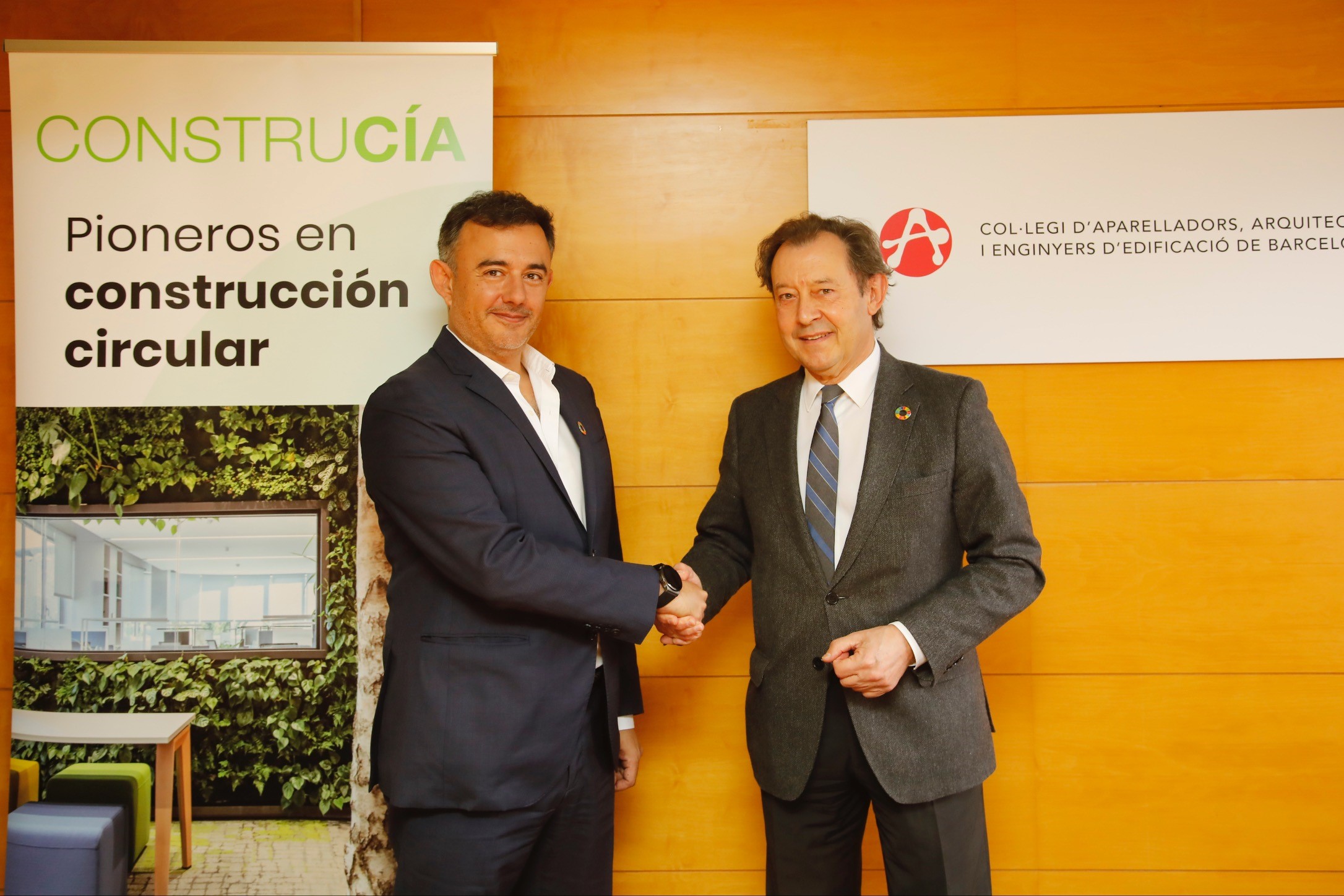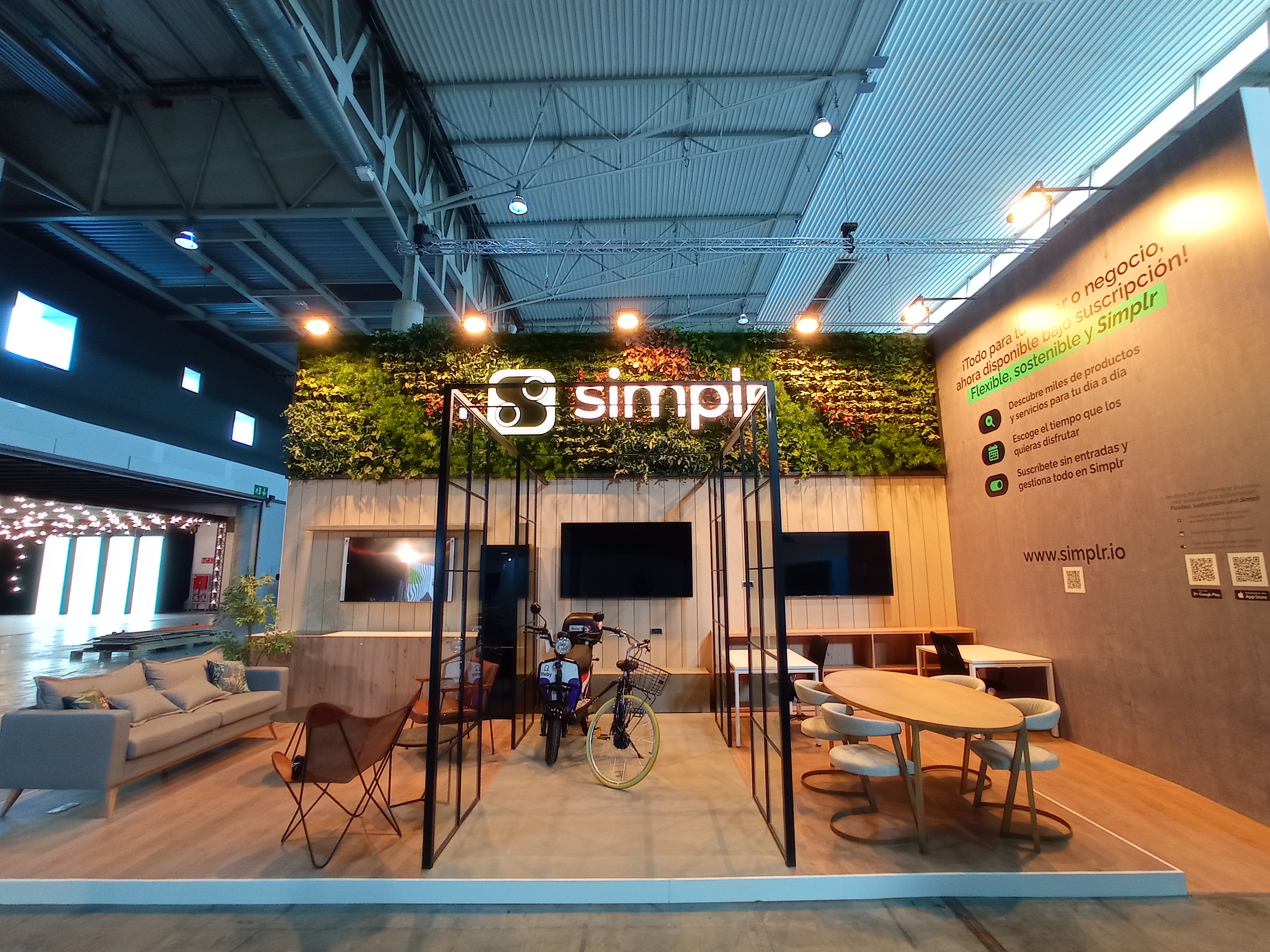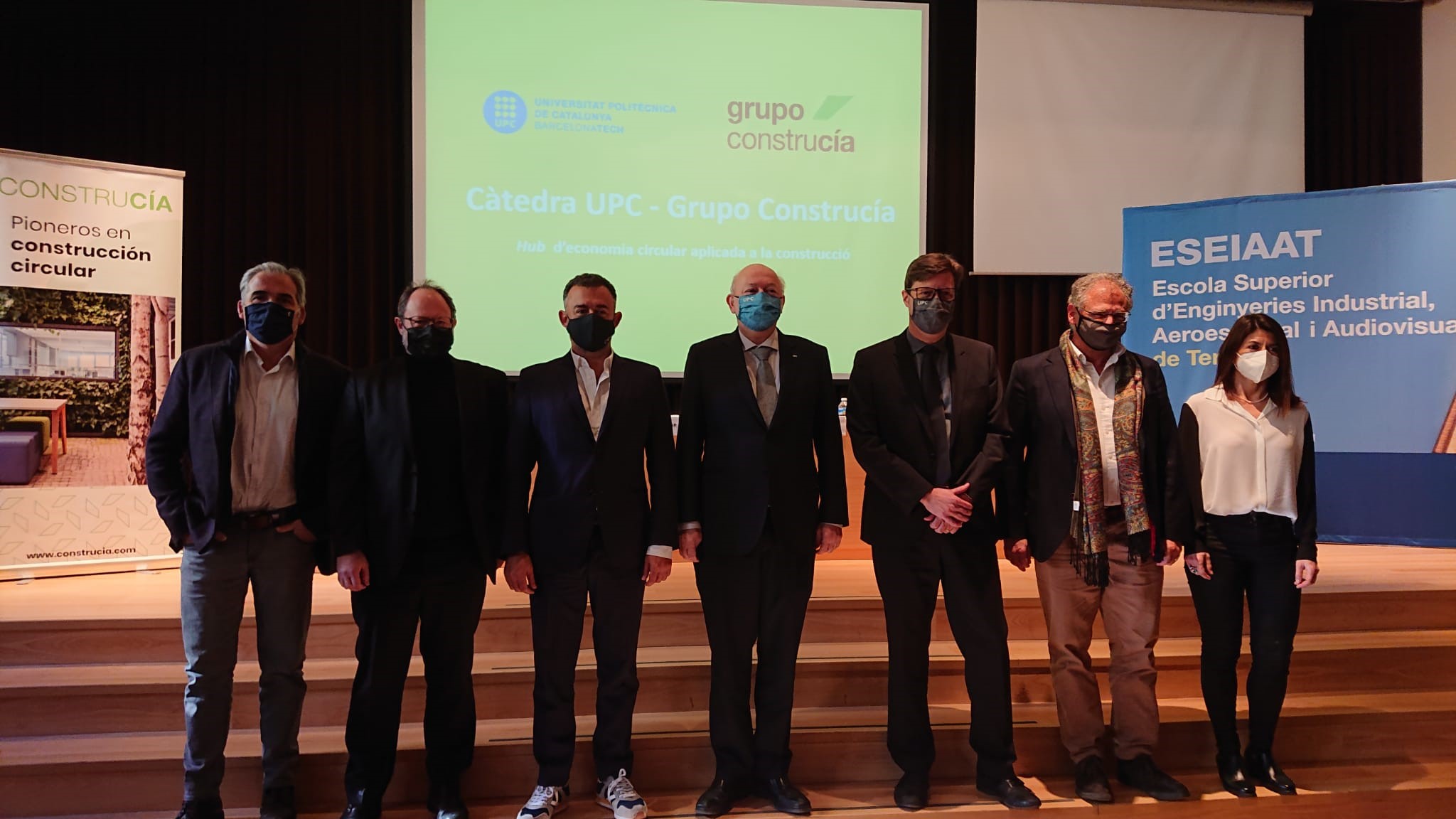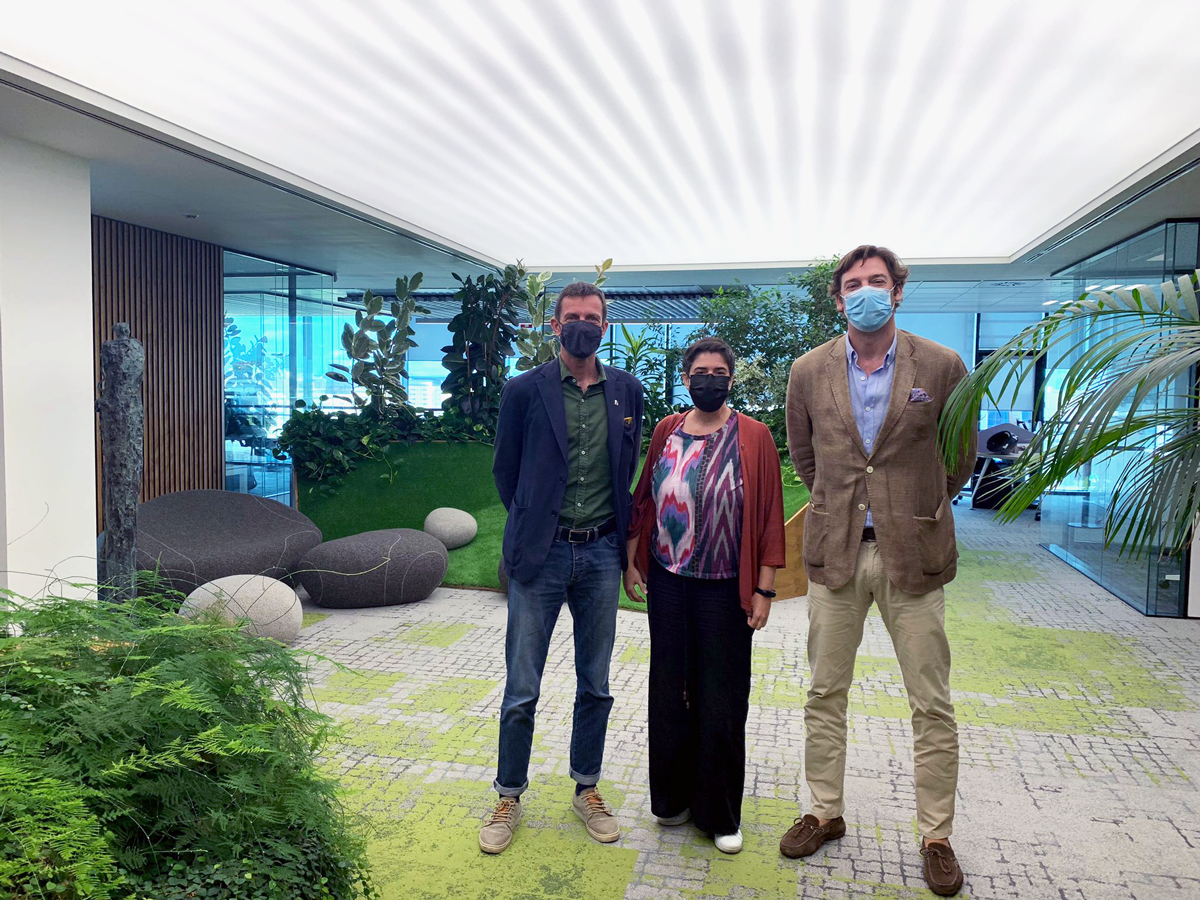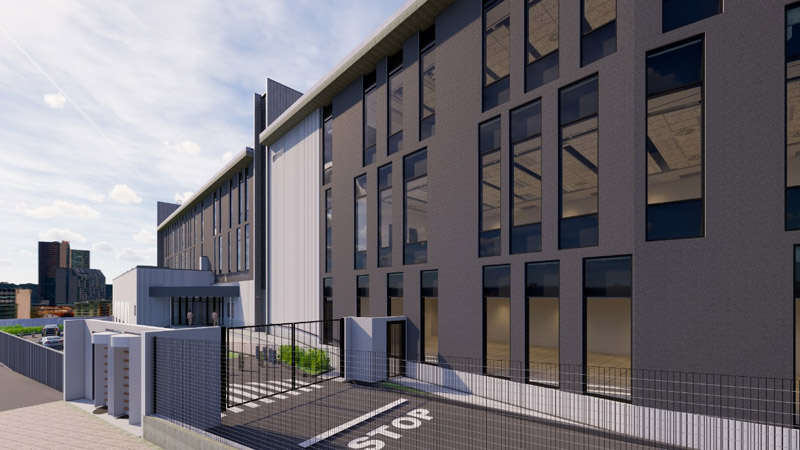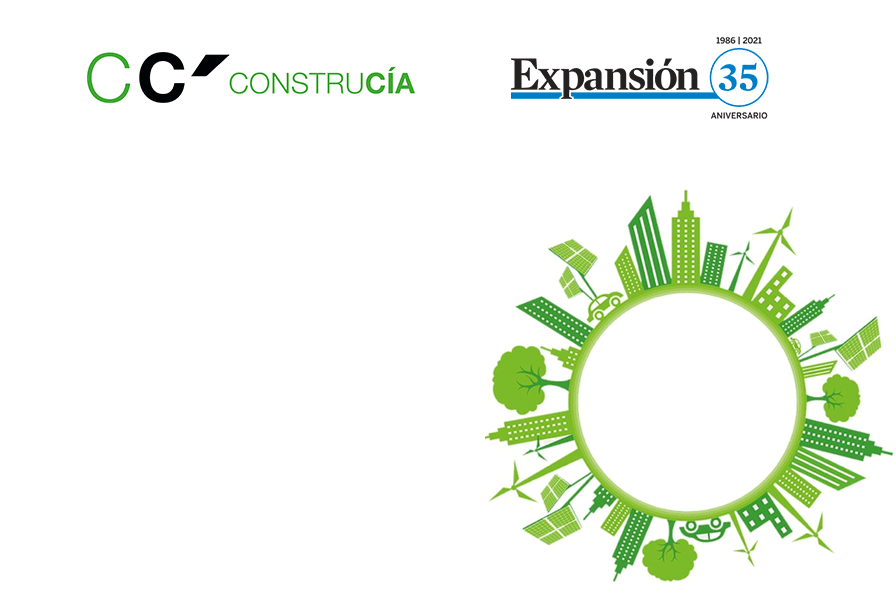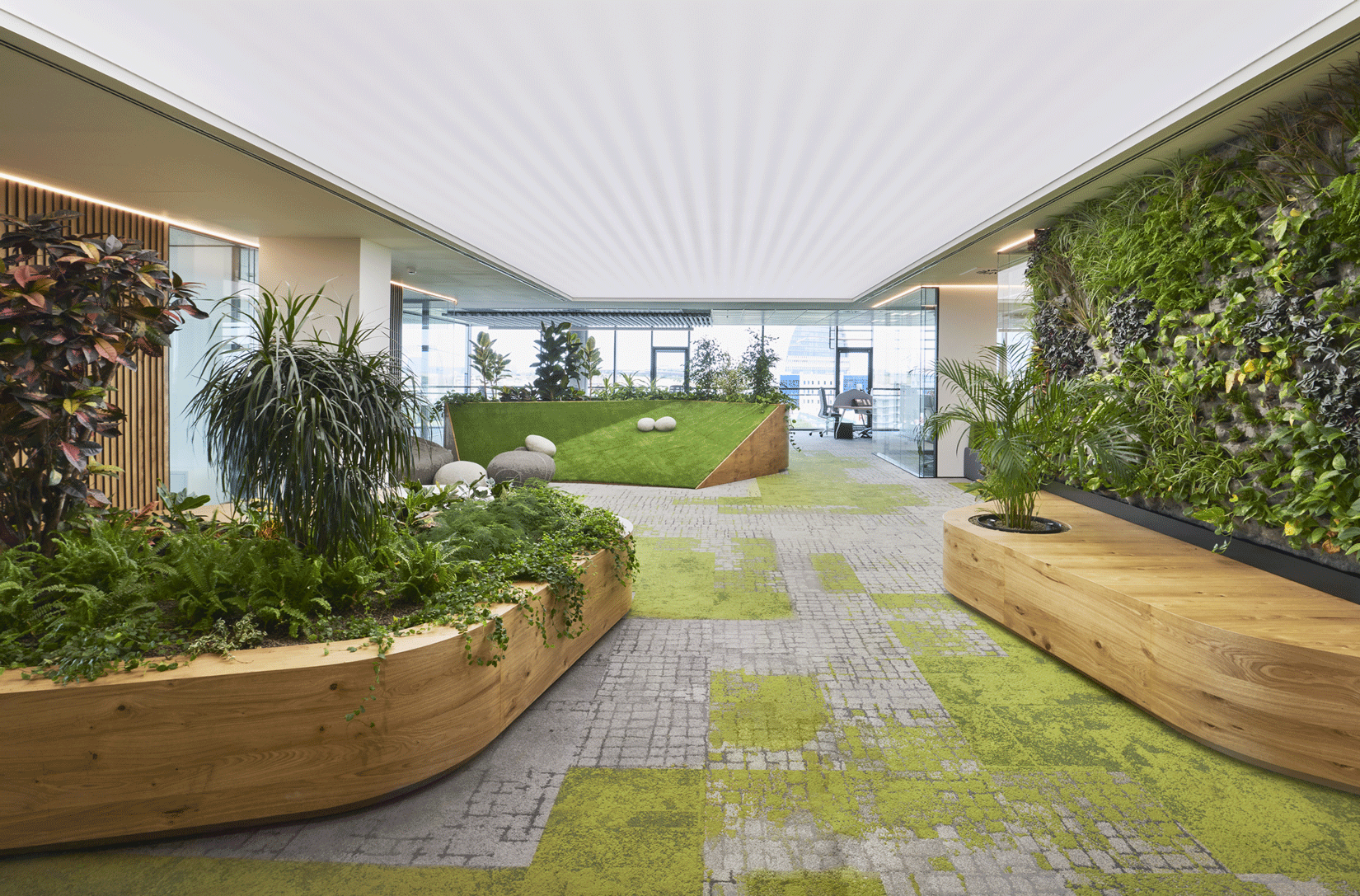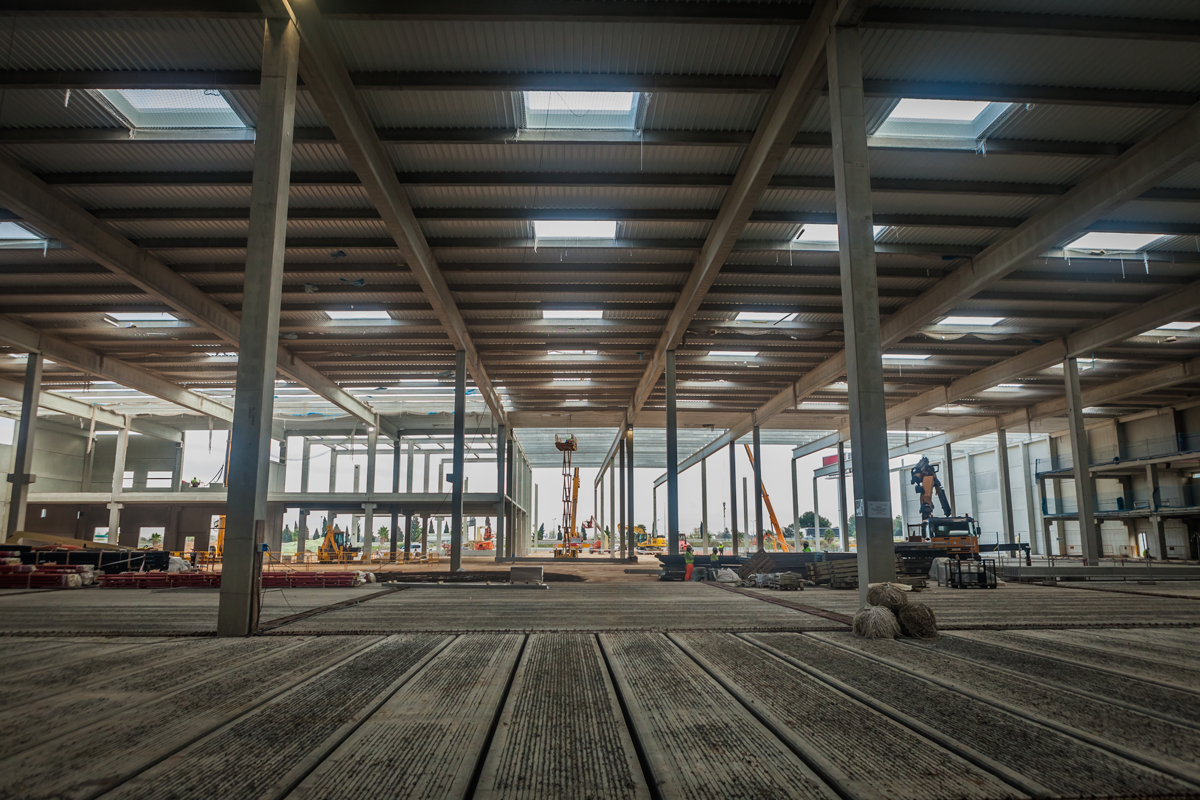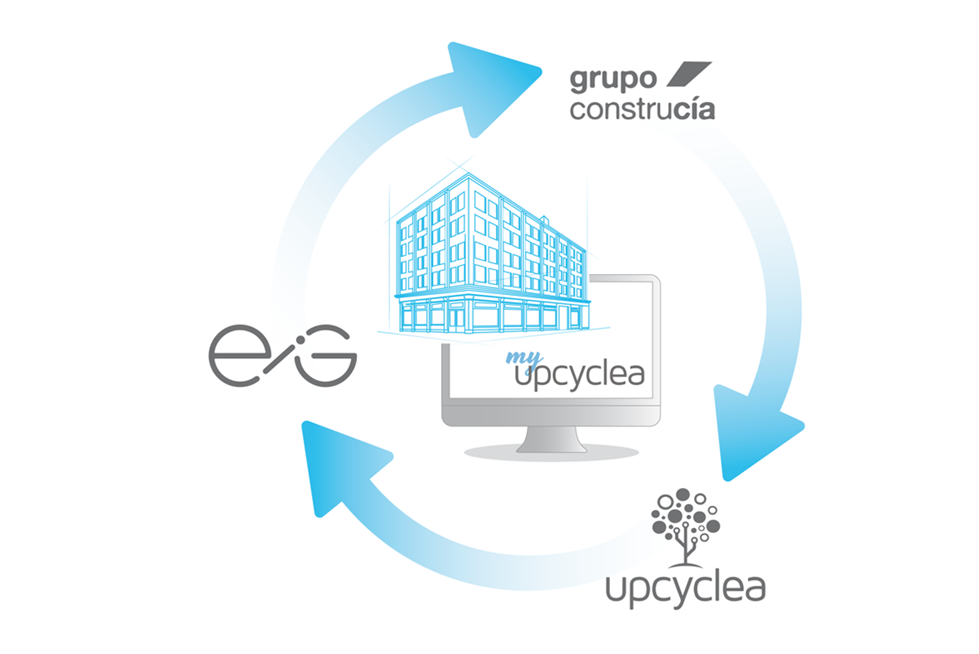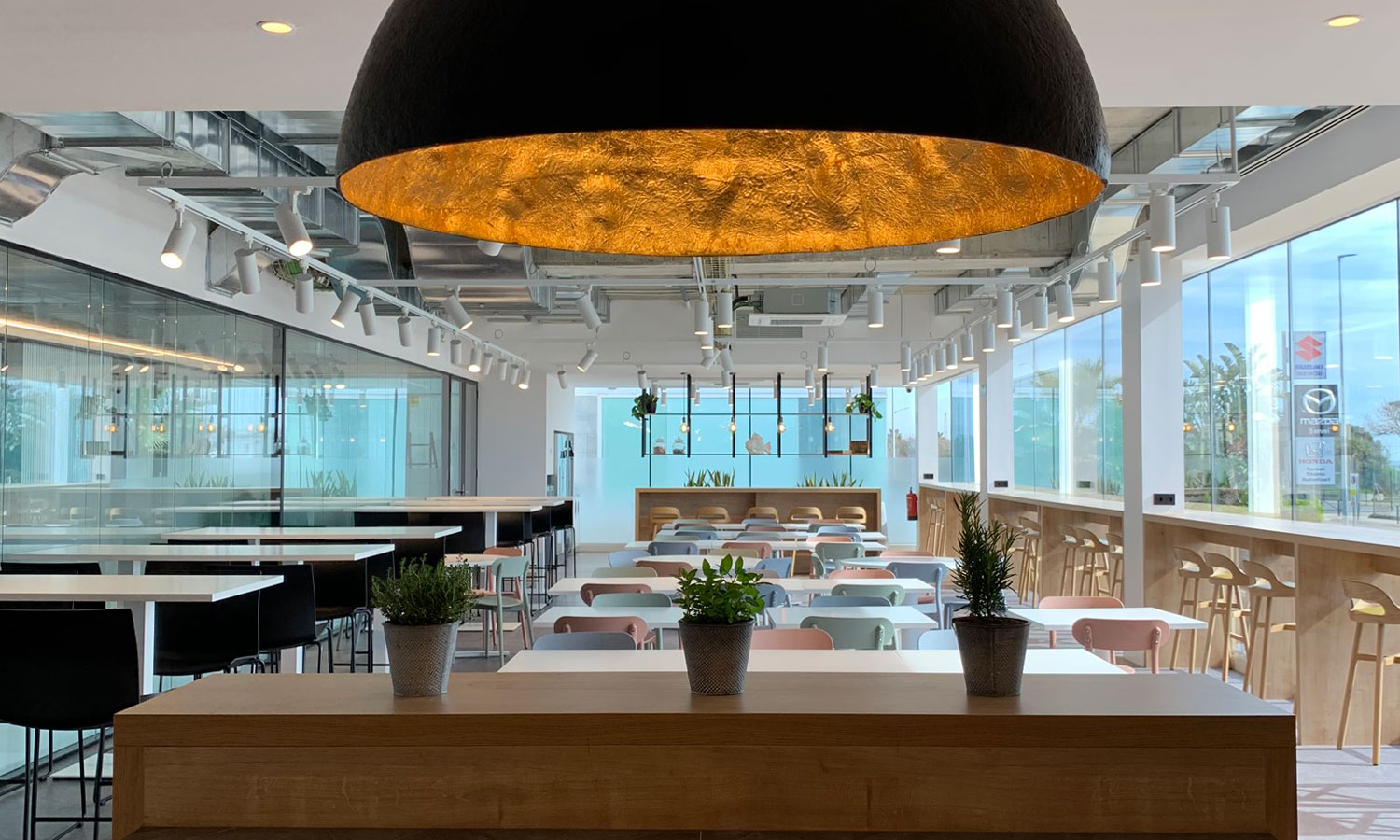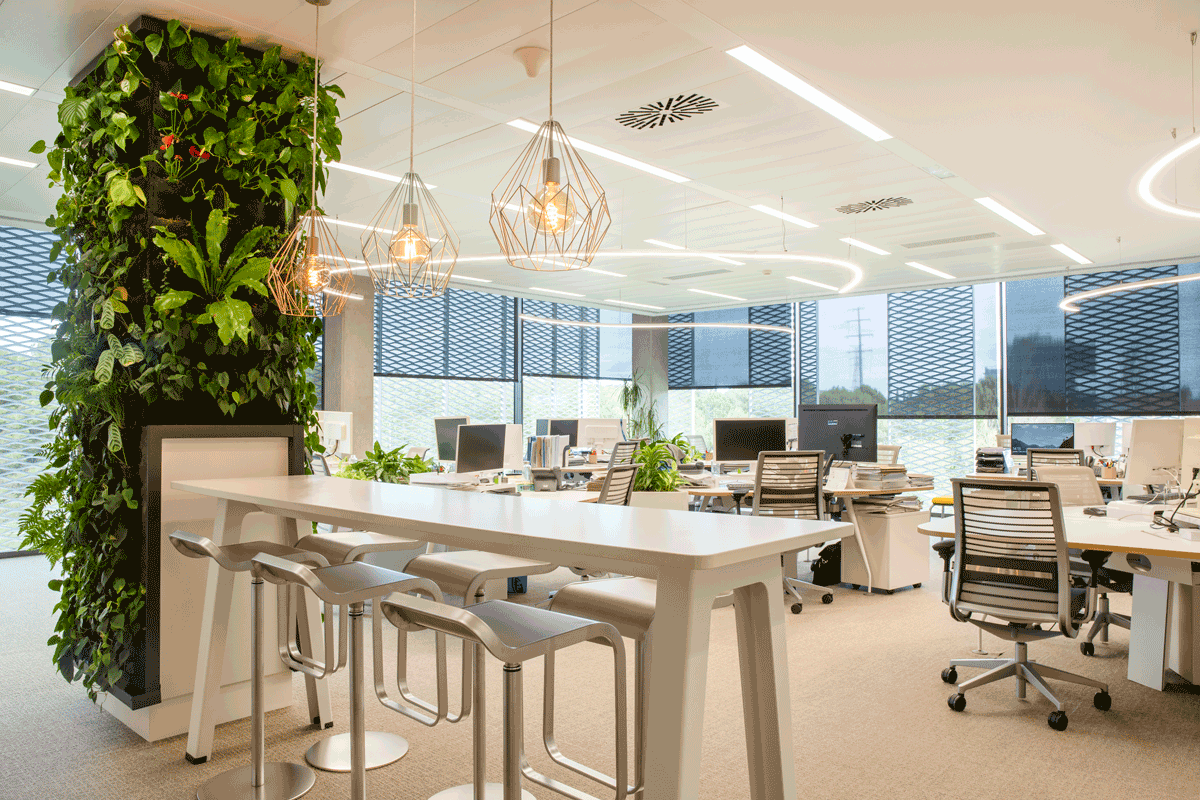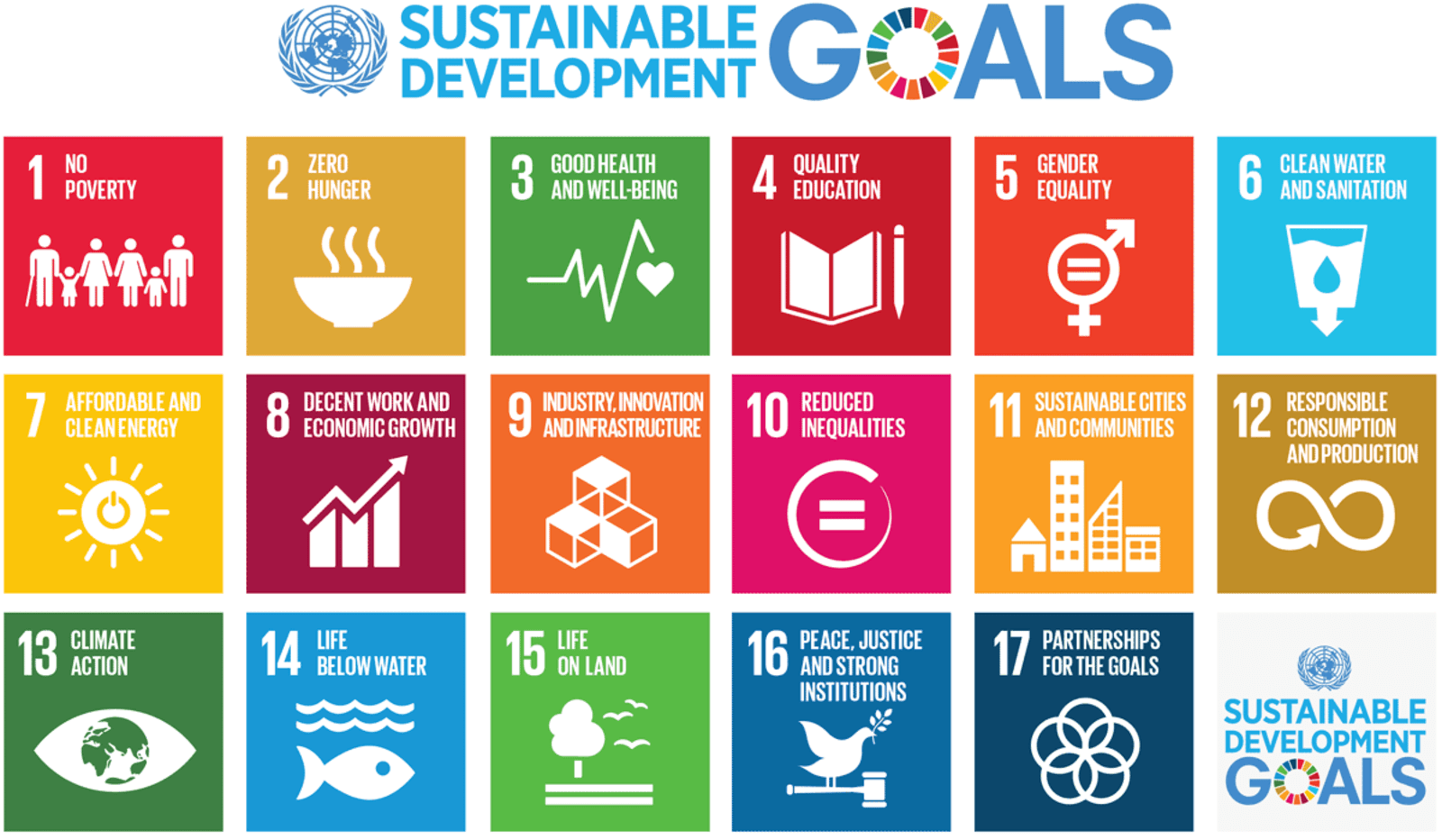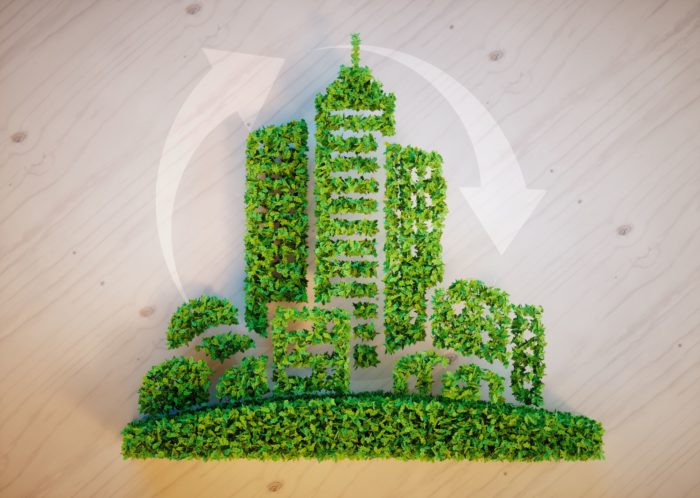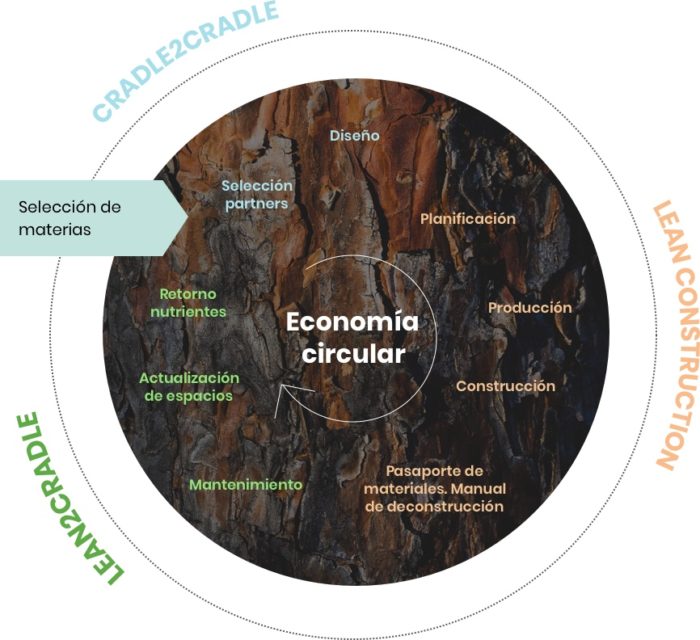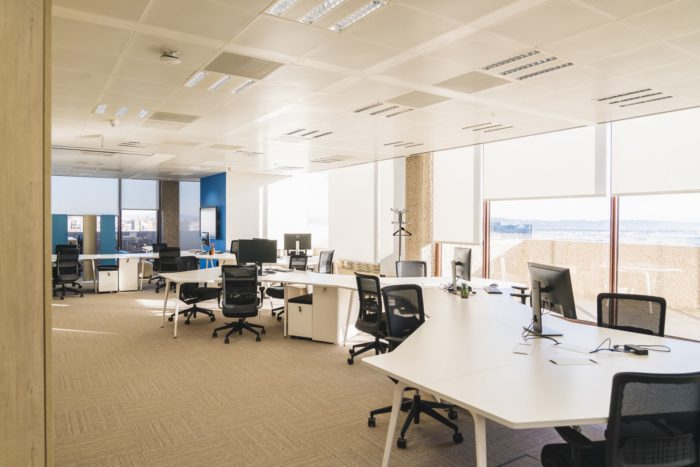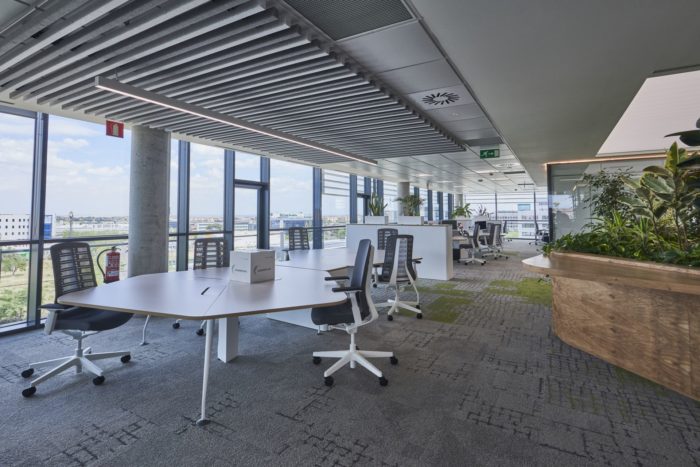When we speak of cyclable materials, we are referring to all those that follow the logic of circular economy. They are those that respect and understand a circular cycle that cause them to continue in circulation.
Cyclable materials are those that comply with the following characteristics:
- They increase their value as raw materials
- They follow the cycle of circular economy: once used, they can be used again or can be returned to nature in the form of nutrients.
- They generate value over time, increasing their positive impact.
In this post we will highlight two of the recurrent materials of Circular Construction, on the website Cradle to Cradle Products Innovation Institute, with the complete list of all the Cradle to Cradle certified materials.
Gypsum
The first material we will list is gypsum. It is a resistant, flexible and adaptable material. It allows the improvement of thermal resistance, acoustic insulation and contributes to good air quality in buildings, maintaining a small carbon footprint. The products manufactured with this material are environmentally friendly and are totally cyclable.
Gypsum, once used, can continue its life cycle, being reduced to an essential nutrient to apply to the soil, as its decomposition generates calcium and sulphur, enhancing plant growth. In addition, gypsum complies with both the option of recovering for new use and with the option of returning it to nature in the form of a nutrient.
Wood
The next material that we highlight is wood. It is a material with a high capacity to reduce the use of energy, as it is a highly effective insulation. It is material neutral in CO2, as it absorbs and eliminates a much greater quantity of CO2 than it generates in its manufacture.
In addition, it is one of the most sustainable materials we can find currently, as long as certain rules are complied with. The wood must proceed planned forest management, achieving exploitation that is balanced and in accordance with the potentiality of the forest ecosystems. The treatments applied to wood to improve its preservation must be composed of vegetable resins. Wood has great cyclability because on finalizing its useful life it can be used again, both for manufacturing chipboard and for being transformed into biomass fuel.
The advantages of constructing with these types of materials are of interest. In addition to achieving their total cyclability, which causes us to save on costs once these materials have a new life, this results in savings because it increases the healthiness of spaces, thus reducing absenteeism.
This new paradigm of design is based on the principles of Circular Economy, following the example of nature to create a regenerative and healthy industrial system without sacrificing economic growth. With this methodology, the re-use of materials is planned so that they do not lose quality in their future uses.










